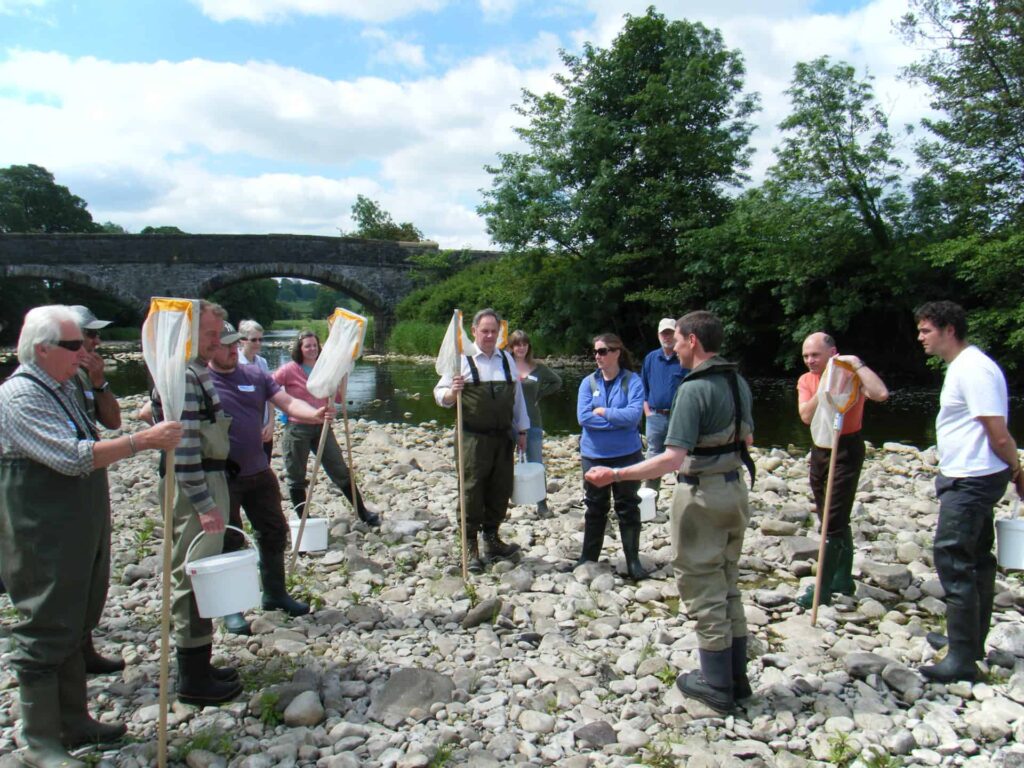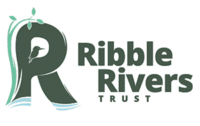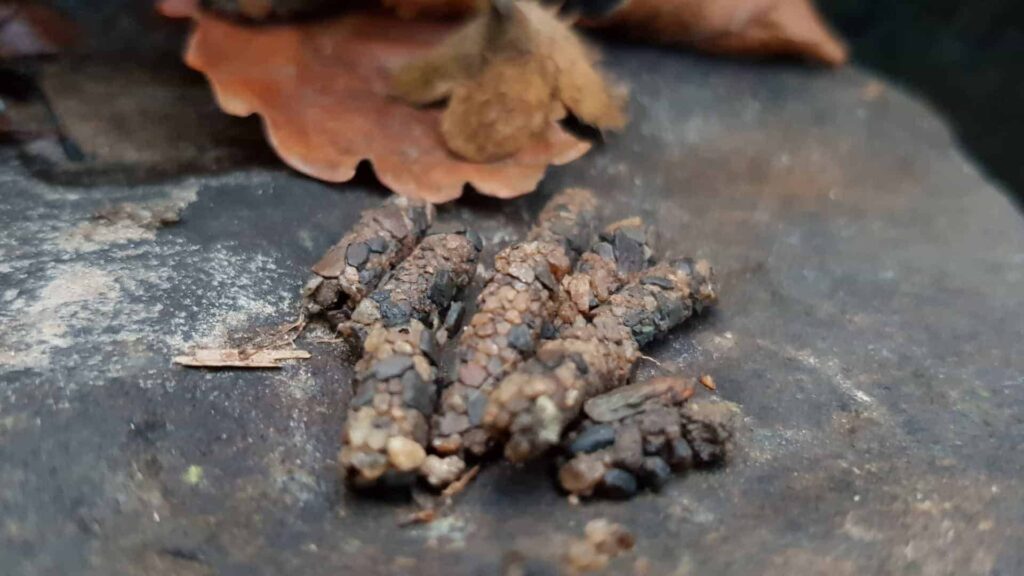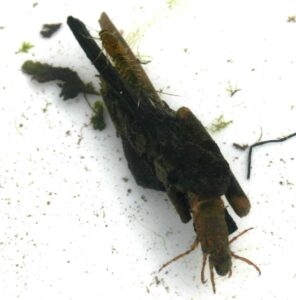
Cased caddisfly larvae live underwater and make cases for themselves by sticking together materials such as stones, sand, and leaves with a silk like substance which is made in glands close to their mouths. Generally, the cases will be made of whatever is most available, so if you have a very sandy riverbed, or a riverbed with lots of vegetation then the case will be made of mostly sand, or mostly plant material.
When ready to hatch into their adult form they glue their cases to rocks whilst they pupate from larvae to flying insect. As they hatch, they leave these cases behind in the water. Depending on the species this happens anytime between February and November.
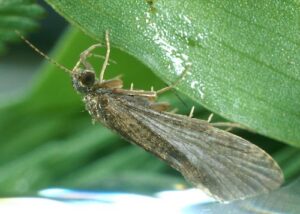
As always, there are exceptions! Some larvae live without these cases, and only construct them when they’re ready to pupate and transform into their flying adult form. One species in the UK shuns water altogether, preferring to live in the damp leafy under story of woodlands. Some people have even managed to make jewellery by keeping caddis larvae in tanks along with precious metals and stones!
Like many insects the cased caddisflies are a very important part of the food web, providing a food source for salmon, trout, and birds such as dippers. Caddisflies prefer cleaner water, and if caddisflies are present it’s generally a sign of reasonably good water quality. The adult insects are hard to identify, but the cases are easy to spot if you look closely enough.
If you’d like to learn more about caddisflies and other river insects then visit the Riverfly Partnership website.
